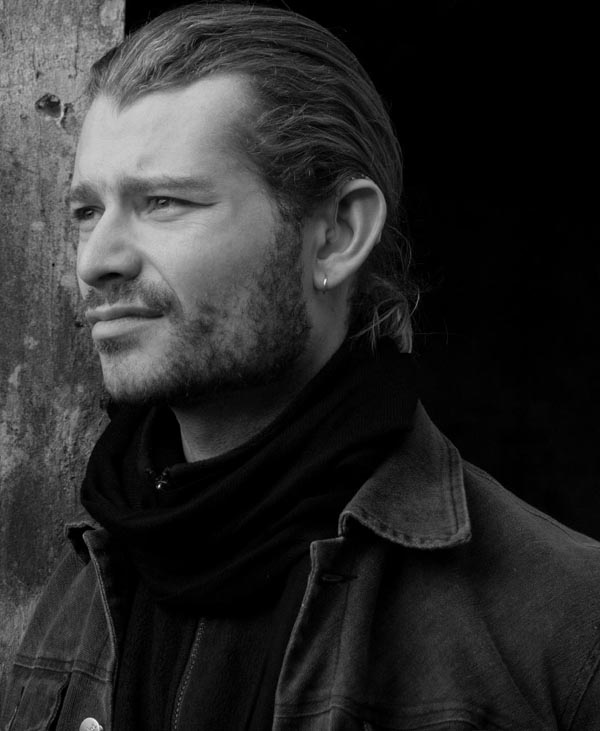 Our next stop after Budapest was the lovely cultural capital city of Vienna, Austria. Vienna for many years has been known for it's art and architecture. Andy and I took a local street bike tour around the tourist aspect of the city visiting many landmarks and famous monuments of Mozart and Strausse. During one day we spent a whole day and visited the Museum of Technology which was the home of well known inventions and gadgets throughout history. The coolest gadget that should be noted here was the hearing aid collection showing from previous decades. There was one hearing aid that I should have gotten was the one that was located in a suitcase and the cables ran outside of the box to the ears. Can anyone picture me with this?
Our next stop after Budapest was the lovely cultural capital city of Vienna, Austria. Vienna for many years has been known for it's art and architecture. Andy and I took a local street bike tour around the tourist aspect of the city visiting many landmarks and famous monuments of Mozart and Strausse. During one day we spent a whole day and visited the Museum of Technology which was the home of well known inventions and gadgets throughout history. The coolest gadget that should be noted here was the hearing aid collection showing from previous decades. There was one hearing aid that I should have gotten was the one that was located in a suitcase and the cables ran outside of the box to the ears. Can anyone picture me with this?Click here to view the Passionate Traveler's photos from the city of Vienna...
For those who don't know much about the city of Vienna, here is a description from Wikipedia:
Art and culture have a long tradition in Vienna, including theatre, opera, classical music and fine arts. The Burgtheater is considered one of the best theatres in the German-speaking world alongside its branch, the Akademietheater. The Volkstheater Wien and the Theater in der Josefstadt also enjoy good reputations. There is also a multitude of smaller theatres, in many cases devoted to less mainstream forms of performing arts, such as modern, experimental plays or cabaret.
Vienna is also home to a number of opera houses, including the Staatsoper and the Volksoper, the latter being devoted to the typical Viennese operetta. Classical concerts are performed at well known venues such as the Wiener Musikverein, home of the Vienna Philharmonic Orchestra, and the Wiener Konzerthaus. Many concert venues offer concerts aimed at tourists, featuring popular highlights of Viennese music (particularly the works of Wolfgang Amadeus Mozart and Johann Strauss).
In recent years, the Theater an der Wien has become widely known for hosting premieres of musicals, although it has recently devoted itself to the opera again. The most successful musical by far was "Elisabeth", which was later translated into several other languages and performed all over the world. The Haus der Musik ("house of music") opened in 2000.
Many Roman Catholic churches in central Vienna also feature performances of religious or other music, including masses sung with classical music and organ.
A variety of architectural styles can be found in Vienna, such as the Romanesque Ruprechtskirche and the Baroque Karlskirche. Styles range from classicist buildings to modern architecture. Art Nouveau left many architectural traces in Vienna. The Secession, Karlsplatz Stadtbahn Station, and the Kirche am Steinhof by Otto Wagner rank among the best known examples of Art Nouveau in the world.
The Hundertwasserhaus by Friedensreich Hundertwasser, designed to counter the clinical look of modern architecture, is one of Vienna's most popular tourist attractions. Another example of unique architecture is the Wotrubakirche by sculptor Fritz Wotruba.
In the 1990s, a number of quarters were adapted and extensive building projects were implemented in the areas around Donaustadt (north of the Danube) and Wienerberg (in southern Vienna). The 202 m-high Millennium Tower located at Handelskai is the highest building in Vienna[citation needed]. In recent years, Vienna has seen numerous architecture projects completed which combine modern architectural elements with old buildings, such as the remodelling and revitalisation of the old Gasometer in 2001.
Most buildings in Vienna are relatively low; there are currently (early 2006) around 100 buildings higher than 40 m. The number of high-rise buildings is kept low by building legislation aimed at preserving green areas and districts designated as world cultural heritage. Strong rules apply to the planning, authorisation and construction of high-rise buildings. Consequently, much of the inner city is a high-rise free zone.
Source: Wikipedia
